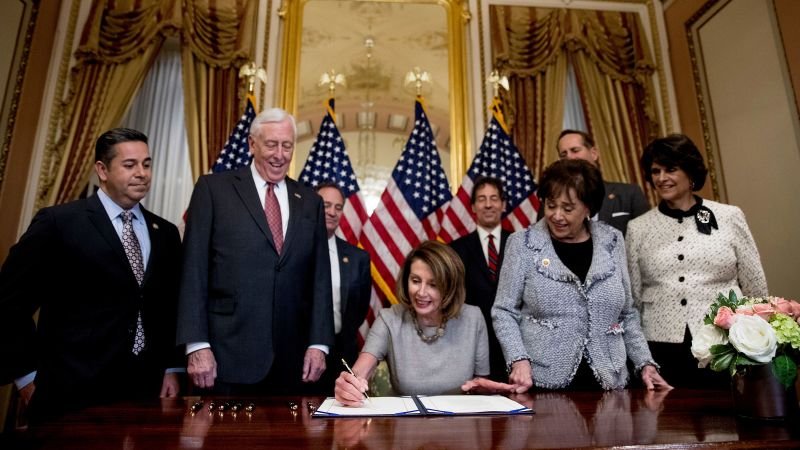Impending Federal Government Shutdown: What You Need to Know
As the deadline approaches for a potential federal government shutdown, Congress is facing a critical juncture. The clock is ticking down to 12:01 a.m. on Wednesday, October 1, and if the House and Senate cannot agree on a spending deal, the government will officially shut down. This situation isn’t new; the last shutdown lasted 35 days, from December 22, 2018, to January 25, 2019, and stands as the longest government shutdown in over forty years. The economic ramifications of that shutdown were severe, with estimates from the Congressional Budget Office suggesting it cost the U.S. $3 billion in lost GDP.
Historical Context of Government Shutdowns
Government shutdowns have been a part of American political life since the early 1980s when U.S. agencies were first directed to halt normal operations during funding lapses. Although they have become less frequent over the decades—with only six occurring since 1990—partisan divides in Washington have made it increasingly difficult for Congress to resolve funding issues quickly.
Narrow Majorities and Legislative Challenges
Currently, Republican Speaker Mike Johnson oversees one of the narrowest House majorities in history. The GOP is also lacking the 60 votes necessary to overcome a Senate filibuster, complicating efforts to reach an agreement on spending. With such political dynamics at play, the path to avoiding another shutdown is fraught with challenges and uncertainty.
For a deeper insight into the implications of a shutdown, consider exploring how government services will be affected.
What Happens During a Shutdown?
The December 2018 shutdown was a partial one, meaning Congress had already approved annual funding for certain agencies, allowing them to continue operations while others were effectively "dark." During that time, approximately 800,000 federal employees found themselves in limbo. Among them, about 300,000 were furloughed—not permitted to work or receive pay—while the remainder were deemed exempt but were still required to work without compensation. Fortunately, both groups received backpay once their agencies reopened.
Current Funding Crisis
As it stands, Congress has not passed any of the 12 appropriations bills required to fully fund the U.S. government. This poses a significant risk: without an agreement reached by the looming deadline, a full government shutdown will come into effect.
Looking Ahead: Potential Outcomes
In a situation where government funding is not secured, many services could halt immediately, impacting various sectors and the public at large. For continuous updates on which services may pause and which will remain operational during this looming shutdown, refer to CNN’s coverage on the topic.
Conclusion
As the potential for a federal government shutdown approaches, the stakes are high for Congress and the American public. Understanding the history and implications of government shutdowns is crucial. The resolution to this funding issue will determine not just the functioning of federal agencies but also the economic health of the nation. Keeping an eye on legislative developments in the days leading up to October 1 is essential for staying informed.


